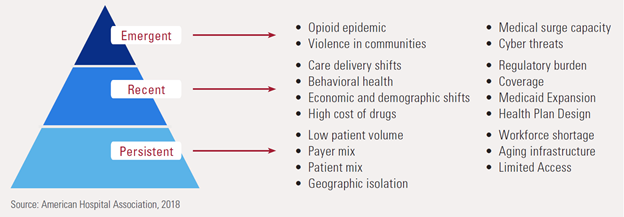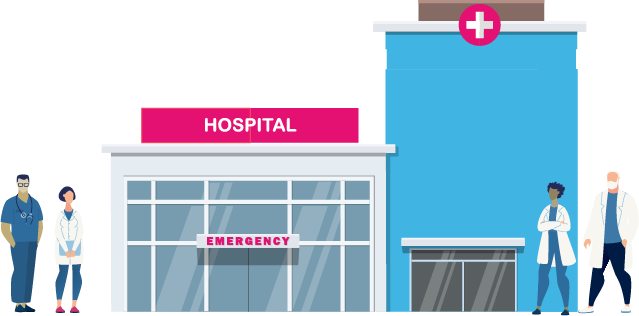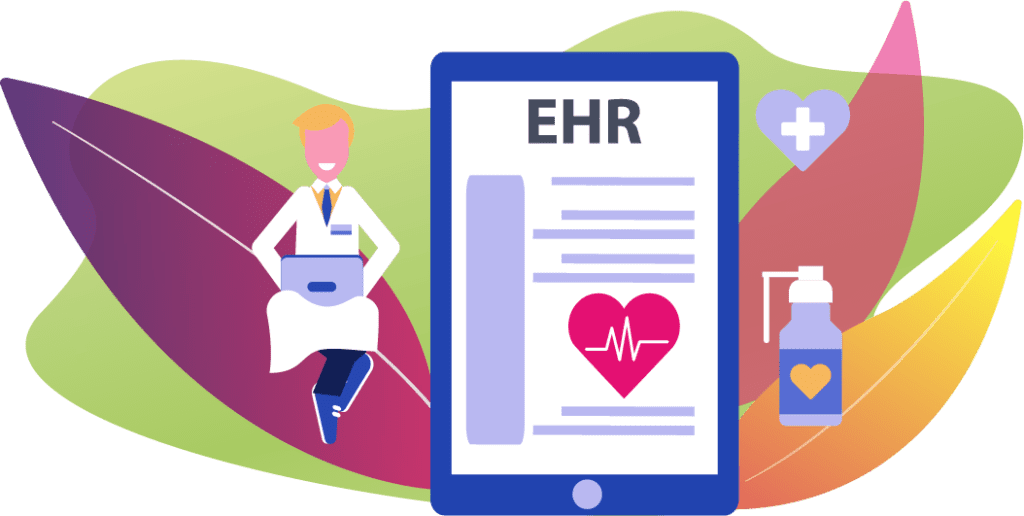Products

Who We Serve
April 2, 2021
As a cornerstone of the communities they serve, rural and critical access hospitals hold a special place similar to local mom and pop businesses. However, these hospitals play a more significant role than most people realize. Not only do they provide much needed medical care to the almost 20 percent of Americans (60 million) residing in rural areas, rural hospitals also power the economies of the towns where they are located, often serving as the largest employer.
Despite the intrinsic value to their communities, many rural and critical access hospitals are facing a grim prognosis. After struggling financially for years, then facing sizeable revenue loss during the pandemic, hospital closures are climbing. It is estimated that 25 percent of rural hospitals across the U.S. are facing closure right now unless their financial situations improve.
It is important to understand the impact these closures have. When a rural hospital closes, it doesn’t just mean the town’s residents have farther to travel for care. The impact is far greater. According to a recent working paper from the National Bureau of Economic Research, rural hospital closures increase mortality rates by almost 6 percent overall. Additionally, the community as a whole is severely impacted from an economic standpoint, driving higher unemployment rates and decreasing per capita income for the community.
Beyond the financial struggles, rural hospitals face many other immense challenges. A report recently published by the American Hospital Association highlights in detail the persistent, recent, and emerging hurdles facing rural communities (minus the newest one: COVID-19).
This eye-opening graphic illustrates these challenges.

Although not directly listed in the graphic above, many providers view health information technology, and particularly electronic health records (EHRs), as a significant chain of interrelated challenges for small, rural, and critical access hospitals. It is a challenge to deal with the manual processes caused by antiquated and disparate systems. It’s also challenging for many hospitals to find the money for modern healthcare IT systems, provide proper training, find and retain IT staff, and keep up with changing regulatory demands (Promoting Interoperability Program, formerly Meaningful Use or EHR Incentive Programs).
However, in looking at the larger scope, if rural hospitals had access to better, more affordable, and interoperable systems, many of these challenges wouldn’t be an issue. Healthcare IT, rather than being the problem, can instead be the solution.

The benefits of electronic health records in rural healthcare settings can be tremendous for patients and providers alike. This technology improves the safety, productivity, communication, delivery, and quality of healthcare in a variety of ways:
Now that we’ve covered how rural hospitals can benefit from EHRs, we are going to take a look at what to look for in a rural hospital EHR.

Since rural and critical access hospitals are vastly different from urban facilities, so are their EHR requirements. Here are the top seven things they deem important.

The right EHR system can truly transform how rural health organizations store, retrieve and transfer patient data to improve care quality, safety, and delivery. Rural and critical access hospitals shouldn’t be prohibited from obtaining an advanced, integrated EHR system tailored to each facility’s unique needs.
If your organization is considering a new EHR, we invite you to take a look at Medsphere’s CareVue EHR.
About Medsphere and CareVue EHR
Not familiar with Medsphere or the CareVue EHR? Just like you, we may not be a big name in healthcare technology even though we’ve been around for decades. However, we have dedicated ourselves to helping rural and critical access hospitals meet their healthcare IT needs and goals with reliable, affordable, and interoperable healthcare IT solutions and services.
We continue to expand our capabilities and modernize our CareVue EHR platform, which is used in rural communities across the nation. Our extensive ability to customize our EHR solution is a huge advantage for rural environments versus some of the larger EHR vendors that offer limited customizations and virtually no affordability.
LEARN MORE ABOUT CAREVUE EHR FOR RURAL AND CRITICAL ACCESS HOSPITALS